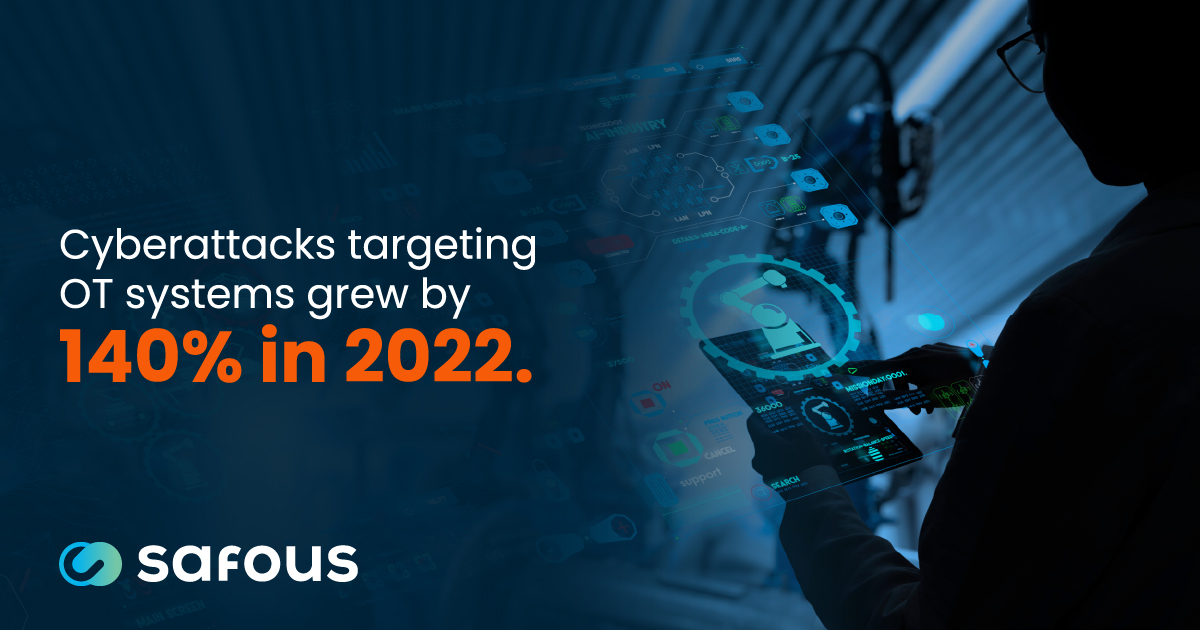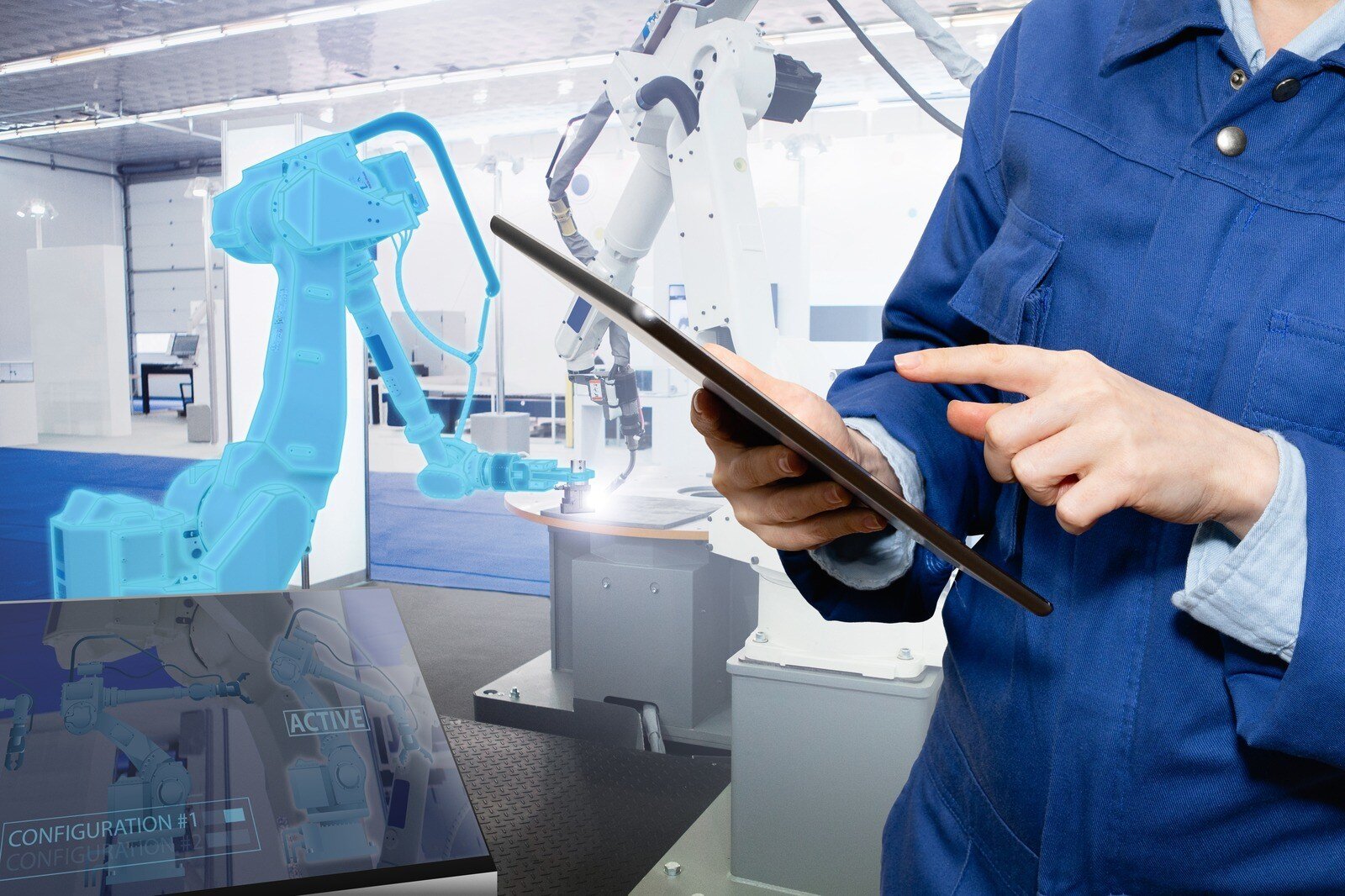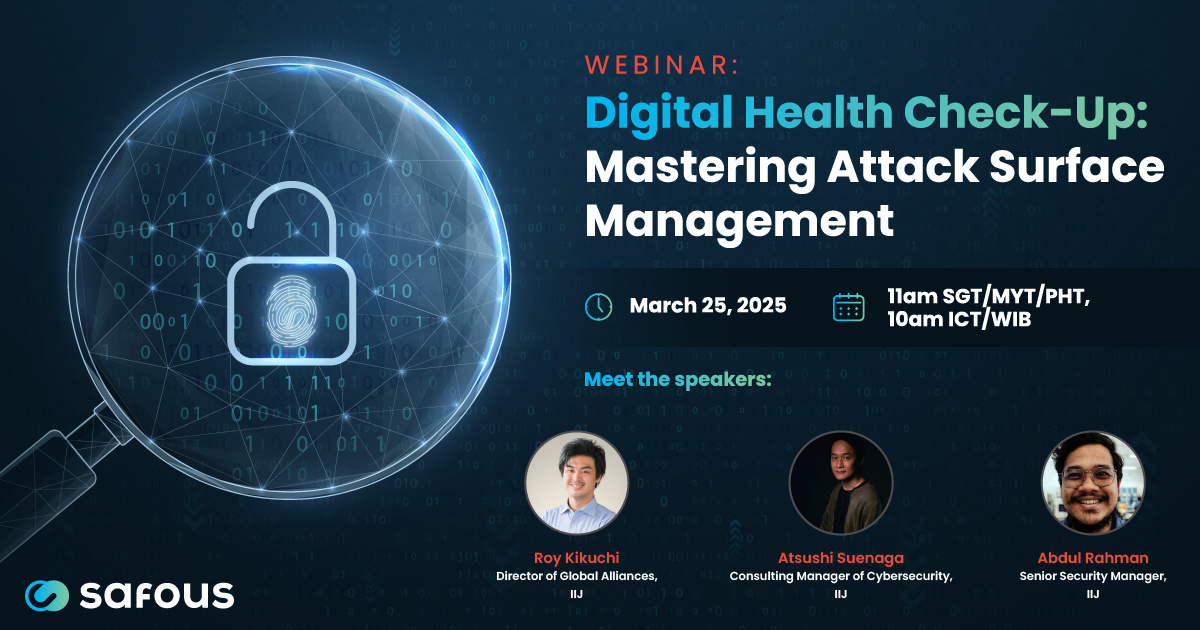The convergence of information technology (IT) and operational technology (OT) has opened up exciting possibilities for innovation and efficiency. However, it also presents new cybersecurity challenges for industrial businesses to grapple with.
As OT systems that once operated in isolation join the broader IT network, they expose businesses to risks that could impact critical infrastructure and operations. In 2024, 73% of industrial organizations experienced an intrusion that impacted their OT systems.1 With stakes this high, understanding and addressing these challenges is critical.
What Is IT/OT Convergence?
IT/OT convergence refers to businesses integrating their IT systems, which manage data and digital processes, with their OT systems, which control physical processes and machinery. In industrial sectors like manufacturing, energy, and utilities, IT/OT convergence enables real-time monitoring, predictive maintenance, and improved operational efficiency.
Unfortunately, this connection also exposes traditionally isolated OT networks to the same threats that IT systems have been battling for years. Additionally, 40% of organizations think their IT and OT systems aren't integrated efficiently.2 This gap limits potential benefits and creates security vulnerabilities.

What Are the Benefits of IT/OT Convergence?
As more organizations bring their IT and OT systems together, they unlock advantages that make them more efficient, competitive, and innovative. Some of the primary benefits of IT/OT convergence include:
- Enhanced Data Analytics: Transform raw operational data into actionable insights, such as real-time equipment monitoring.
- Improved Operational Efficiency: Automated workflows and optimized resource allocation streamline processes and boost productivity.
- Cost Reduction: Reduced energy consumption and minimized waste help businesses achieve significant cost savings.
- Improved Safety and Security: Protect assets and personnel with real-time safety monitoring and automated shutdowns.
- Better Customer Experience: Developing more reliable products and services lets you deliver more value to end users.
It's important to note that the same connections that enable these advantages also create potential entry points for cybercriminals.
Why Are OT Environments Vulnerable?
OT environments are designed for reliability, safety, and availability rather than cybersecurity. Since many OT systems are legacy systems that were not built with modern cybersecurity threats in mind, they often lack security controls such as encryption, access management, and continuous monitoring. Additionally, because OT systems are responsible for controlling physical assets, a cyberattack on these systems could result in significant disruptions or even physical harm.
Common Risks in OT
As IT and OT systems converge, the attack surface for cybercriminals expands. Hackers can exploit vulnerabilities in IT systems to gain access to OT environments, where they can disrupt operations, manipulate data, or damage machinery.
Modern OT environments face cybersecurity risks such as:
- Ransomware Attacks: Ransomware can lock down critical OT systems, demanding payment in exchange for restoring operations.
- Supply Chain Attacks: Hackers can exploit vulnerabilities in third-party suppliers or service providers to compromise OT environments.
- Insider Threats: Employees or vendors who can access your OT systems may unintentionally or maliciously compromise security.
- Human Error and System Failures: Misconfigurations or system failures in IT systems can affect OT operations, leading to financial losses and safety issues.
Since OT systems control physical processes, such as machinery or power grids, a security breach in connected IT systems could directly result in physical damage or safety hazards. For example, a cyberattack targeting a manufacturing plant could put workers at risk by stopping production lines, while hackers infiltrating an electricity provider’s network could cause widespread damage by disrupting power supplies.
For more information on OT-specific risks, check out our detailed overview of OT security.

Protecting OT Systems: Cybersecurity Best Practices
Despite these challenges, implementing the right tools and practices can reduce your risk exposure while still reaping the benefits of IT/OT convergence. Here are some steps you can take to protect your critical operational systems:
1. Adopt Zero Trust Security
The zero trust security model focuses on securing access at every point within a network so that only authorized users can engage with your critical systems.
Adopting a zero trust framework enables organizations to protect their IT and OT environments from both internal and external threats. This approach requires implementing continuous monitoring, access controls, and identity verification for all users and devices accessing your OT systems.
2. Implement Access Controls
In OT environments, controlling access to critical systems is essential for preventing unauthorized users from gaining entry. Multi-factor authentication (MFA) should be required for anyone accessing your OT systems, whether they’re onsite or working remotely. Additionally, network segmentation can help limit the lateral movement of attackers and contain any breaches that may occur.
3. Monitor Continuously
Monitoring OT systems in real time enables your IT teams to detect unusual behavior and respond to threats before they escalate. Continuous monitoring tools can detect anomalies in user behavior, network traffic, and system performance, helping to identify cyberattacks early.
Additionally, continuous monitoring supports proactive maintenance by identifying equipment failures or performance issues before they lead to downtime. This predictive approach not only enhances security but also improves overall operational efficiency and reliability.
4. Partner With Third-Party Providers
Providing remote access to OT environments is becoming a necessity for industrial organizations, but this also introduces third-party risks. Deploying secure remote access solutions, such as Industrial Secure Remote Access (SRA), can help you protect against unauthorized access and ensure sensitive OT systems remain secure.

Secure Your IT/OT Convergence With Safous
As the integration of IT and OT continues to evolve, so do the cybersecurity challenges that come with it. IT/OT convergence makes businesses more vulnerable to cyber threats like ransomware attacks – which can disrupt operations, compromise worker safety, and result in financial losses. Luckily, the right security solutions can keep your critical systems safe.
At Safous, we go beyond VPNs and firewalls to provide a purpose-built solution for industrial secure remote access (SRA). Our Industrial SRA solution protects your OT environments from today’s evolving cyber threats while enabling efficient remote access for your vendors, contractors, and remote workers.
With Safous Industrial SRA, you get:
- True Zero Trust Implementation: We ensure continuous authentication and authorization for all remote access attempts to OT systems.
- Enhanced Visibility and Control: Our solution provides real-time monitoring and threat detection capabilities across your OT environments.
- Granular Access Management: We enable precise access controls based on user roles, device status, and network segmentation to limit lateral movement.
- Seamless Integration: Our solution works with your existing OT infrastructure to ensure protection without disrupting critical operations.
Ready to secure your OT systems? Contact Safous today to book a demo.
Sources:
Receive the latest news, events, webcasts and special offers!
Share this
You May Also Like
These Related Stories

How Zero Trust Access Enhances Industrial Secure Remote Access

What Is Operational Technology (OT) Security?




